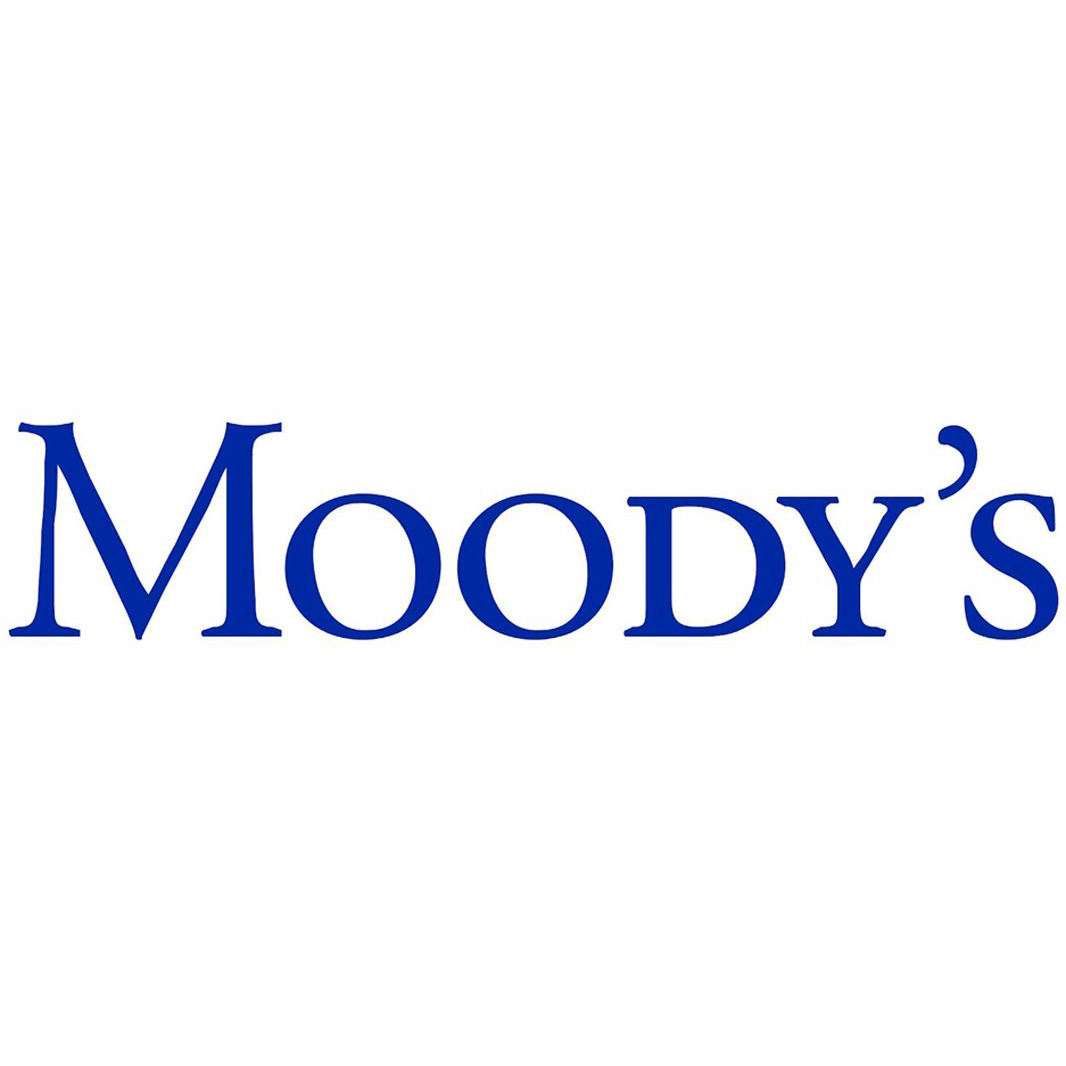Moody’s Sees HFA Strength in Bond Market, Declining Variable Rate Debt

According to two reports released last week by Moody’s Investors Service, HFAs are continuing to benefit from changes in the mortgage finance market. In the reports, Moody’s predicts that HFA single-family bond financing will soon become a more significant portion of HFA mortgage funding and that HFAs will continue to benefit from declining amounts of variable rate debt (VRD).
Prior to the recession, HFAs often relied on tax-exempt housing bonds to finance single-family housing programs. Although yields for municipal housing bonds remained high during the recession, conventional mortgage rates fell dramatically, making the HFA bond product much less attractive for investors. HFAs were briefly helped by Treasury’s New Issue Bond Program (NIBP), but HFAs also sought out other forms of financing to support their single-family programs, which they have used more recently.
Prior to 2011, bond financings were responsible for almost all of HFA single-family mortgage loans. That level fell to 33 percent in 2013. Moody’s expects more HFAs to increase their participation in the bond market in the next three to five years because bond-financed mortgages are more profitable than other financing tools and because mortgage subsidies from previous bond issuances may allow new bonds to remain competitive.
Moody’s also expects a decline in the levels of VRD held by HFAs to strengthen HFA credit profiles. Since 2008, the total amount of VRD held by HFAs has declined by 35 percent, allowing HFAs to better align their assets and their bond liabilities, which in turn improves their credit quality. According to Moody’s, state HFAs with large amounts of VRD are exposed to additional risks. Moody’s predicts that HFAs will continue to opt for fixed-rate bonds.

